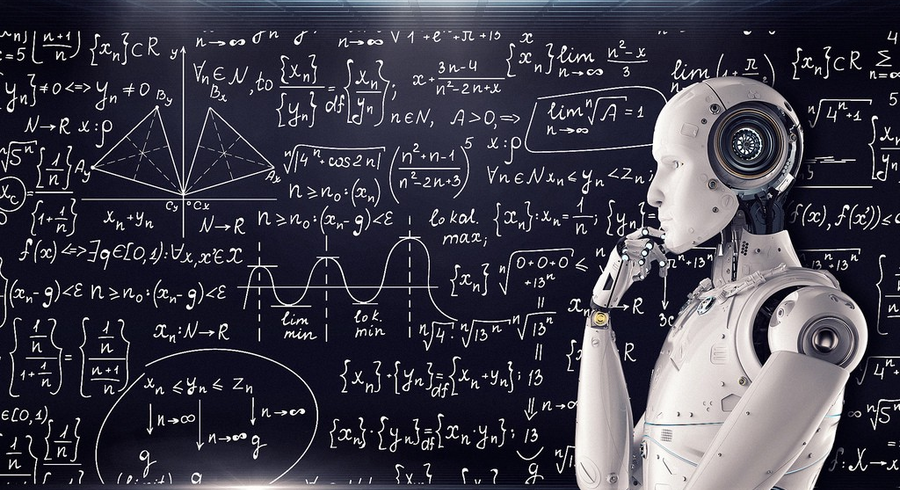
This advanced-level course is designed for secondary and upper secondary (high school) teachers seeking to integrate educational robotics into the teaching of higher-level mathematics concepts. Participants will explore three key topics—trigonometry, calculus, and linear algebra—using robotics-based activities that connect theoretical math with real-world applications. Teachers will learn to guide students in applying trigonometric functions to control robot movements and angles, exploring calculus through the analysis of rates of change and numerical integration of a robot’s motion, and using matrices and transformations in linear algebra to model and manipulate robotic paths. By the end of the course, teachers will be able to design and implement robotics-based lessons that bring advanced mathematical concepts to life, enhancing students' understanding and engagement through hands-on experiences that demonstrate the real-world utility of these mathematical tools.
- Teacher: Admin User

In-service teachers could incorporate these mathematics concepts into robotics
projects, helping students gain both computational and mathematical skills in
an integrated learning environment. The use of educational robotics may help
the teachers (and eventually IDD students) to understand complex and abstract
topics. This course is designed for in-service primary and secondary school
teachers looking to enhance their math instruction with educational robotics.
Participants will explore three core math concepts—coordinate geometry, basic
algebra, and measurement / estimation—by integrating hands-on robotics
activities into their curriculum. Through practical projects, teachers will
learn how to guide students in programming robots to move on a grid, apply
algebraic thinking with variables, and calculate real-world measurements such
as distance, speed, and time. The course will equip teachers with the skills
and strategies to make math lessons more engaging and interactive, fostering
deeper student understanding by connecting abstract concepts to tangible
robotics tasks. By the end of the course, participants will be able to create
dynamic, robotics-based lessons that support both mathematical reasoning and
problem-solving skills in their students.
- Teacher: Admin User